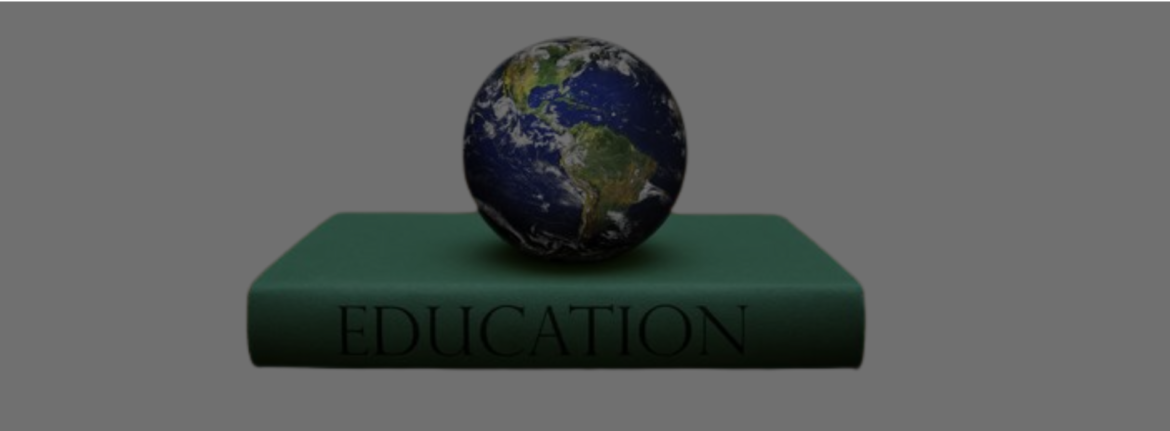Poland’s education system is a well-structured and comprehensive system that aims to provide quality education to all its citizens. It is compulsory for every child to receive education from when they are 7 years old until they are 18 years old. It is also mandatory for 6-year-old children to receive one year of kindergarten education, before starting primary school at 7 years old.
Primary Education
Primary school in Poland lasts eight years (grades 1–8), and students must take a final exam at the end of the eighth grade. The first three years of primary school are „integrated”, with one teacher handling all or most of the subjects alone, while the following five years are taught by subject-specific teachers. At the end of primary school, pupils take a mandatory national competence exam.
Secondary Education
After graduating from primary school, students typically go on to attend secondary school, which lasts 4 or 5 years. They can also choose to educate themselves towards a specific profession or trade, and receive work experience and qualifications through apprenticeships. After graduating from secondary school and passing the final exam, called the matura, one can pursue a higher education at a university, college, etc.
Tertiary Education
Poland follows the Bologna scheme and most of its tertiary level programmes are made of two cycles: a three-year bachelor’s degree followed by a two-year master’s degree. Some master’s degrees are however granted after a unique long-cycle programme, lasting between four and six years. Doctoral programmes are achieved in about three years.
Objectives of the Polish Education System
The Polish education system aims to provide a comprehensive and well-rounded education to all its citizens. It strives to equip students with the knowledge and skills necessary to succeed in a globalized world. The system also aims to foster a sense of national identity and cultural awareness among students. The ultimate goal is to prepare students for a successful transition into the workforce or higher education.
The Polish education system has been praised internationally for its progress in mathematics, science, and literacy. In 2014, the Pearson/Economist Intelligence Unit rated Polish education as the fifth best in Europe and the tenth best in the world. The system’s structure and objectives reflect Poland’s commitment to providing quality education to all its citizens.
Reforms in the Polish Education System
The education system in Poland has undergone several reforms over the years. A major reform took place in 1999, changing the overall organisational structure from 8 (primary school) + 4 (high school/liceum) years of education to 6 (primary) + 3 (junior high school, gimnazjum) + 3 (senior high school, liceum) years. This reform increased time spent on core subjects and delayed vocational study by one year.
Another significant reform was introduced in 2017 by the PiS government. This reform reverted the overall organisational structure from 6 (primary) + 3 (junior high school) + 3/4 (high school) years of education to 8 (primary school) + 4/5 (high school) years. According to some critics, while the reform inherits the Polish-centred and Eurocentric focuses of the previous history syllabus, it also removes certain topics from the syllabus and focuses more on political and military leaders and the nobility, neglecting the historical role of lower social classes.
Foreign Languages in Polish Education
Students in Polish schools typically learn one or two foreign languages. In 2005/06, the fractions of students studying foreign languages in Polish schools included: English – 67.9%, German – 33.3%, French – 13.3%, Spanish – 10.2%, Russian – 6.1%, Italian – 4.3%, Latin – 0.6%.
In 2005/06, there were 49,200 students in schools for national minorities, most of them in German, Kashubian, Ukrainian and Belarusian language schools. Under the education reform introduced by Polish education minister Katarzyna Hall, students of Polish lower secondary schools had to learn two different foreign languages.
Conclusion
The Polish education system is a testament to the country’s commitment to providing quality education to all its citizens. Its structure and objectives, as well as the various reforms it has undergone, reflect a system that is constantly evolving to meet the needs of its students and the demands of a globalized world.
